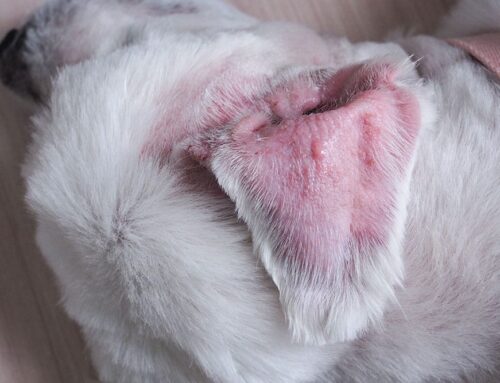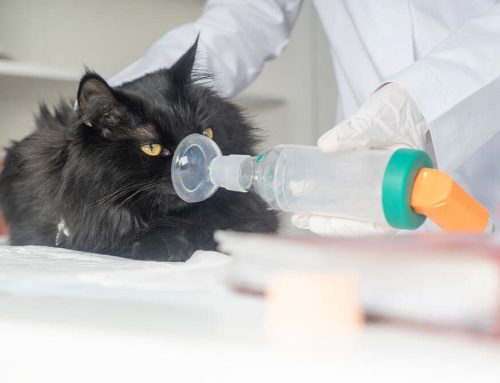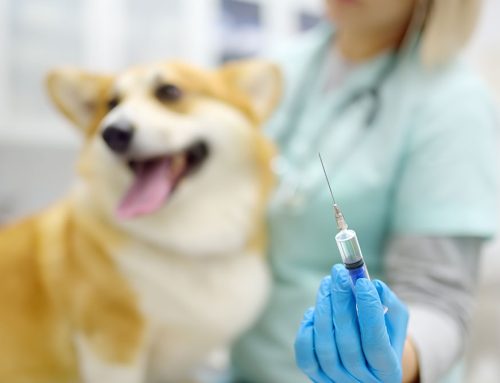Your pet is a special part of your family, and their health and well-being are your top priority. Maintaining and affording your pet’s health isn’t always easy, and health insurance is a popular option among pet owners seeking financial peace of mind. Our team at Twin Lakes Veterinary Hospital explains everything you need to know, including how it works and what you should consider when choosing a policy—to decide if pet health insurance is right for your pet’s care needs.
Pet health insurance coverage options
When choosing a pet insurance policy, determine the amount of coverage you’d like. Are you interested in accident and illness coverage, or do you want something comprehensive that includes wellness care? Many pet insurance companies provide tiered options, including:
- Accident-only coverage — This plan type covers only injuries or conditions considered accidental (e.g., broken bones, foreign-object ingestion). Accident-only policies are generally the least expensive and can help cover the costs of the care your pet needs in an emergency.
- Accident and illness coverage — While more expensive than accident-only coverage, this plan type is more comprehensive. In addition to accidental injuries, this policy usually covers diagnosis and treatment costs for conditions such as cancer, endocrine disorders, and some orthopedic injuries.
- Wellness plans — Most plans don’t cover basic services such as annual vaccinations, spaying, neutering, and dental cleaning. However, you can often add a wellness rider to most plans for an additional cost.
Factors that affect your pet’s coverage
When thinking about the coverage your pet needs, consider your pet’s age, breed-related risks, known medical history, pre-existing conditions, lifestyle, and other factors that determine your monthly premium. Before you enroll in a pet insurance plan, verify the eligibility requirements with your provider to ensure the policy covers your pet. Many insurance providers consider these factors:
- Your pet’s age — Purchase pet insurance when your pet is young and healthy. Most pet insurance companies cover pets as young as 8 weeks of age. Older pets may qualify for reduced coverage, and some companies do not allow pets to enroll if they are older than a certain age.
- Your pet’s breed — Some companies will not cover dog breeds predisposed to certain adverse health conditions, or deemed ineligible.
- Your pet’s health — Most pet insurance companies do not cover pre-existing conditions (i.e. health-related disorders diagnosed before your pet’s health insurance coverage takes effect).
How to customize your pet health insurance premium
Most pet insurance providers allow you to customize your annual limit, deductible, and reimbursement rate to adjust your monthly premium. Learn the following important terms and how they can influence your policy’s cost:
- Deductible — The deductible is the veterinary bill portion you’re responsible for paying before your plan’s reimbursement kicks in.
- Reimbursement rate — This is the portion a pet insurance company pays after you meet the deductible.
- Payout limit — A plan’s payout limit is the maximum amount of money the pet insurance provider is willing to reimburse you. Pet insurance payout limits may be set as follows:
- Annual limits — Annual limits cap the dollar amount the insurance provider will reimburse you within a 12-month period. Once you reach the annual limit, you are responsible for paying the entire cost of your pet’s veterinary expenses until the coverage resets.
- Per-incident limits — Per-incident limits cap the dollar amount the insurance provider will reimburse you for a single illness or accident your pet experiences.
When and how to purchase pet health insurance

The best time to buy pet insurance is when your pet is young and healthy. Most pet insurance plans do not cover pre-existing conditions, and purchasing coverage for your young pet means your plan will likely cover future health conditions. Before you settle on any particular company or plan, consider the following:
- Waiting period — Confirm with the insurance provider the date your pet’s coverage will begin.
- Your budget — Consider the amount you can comfortably afford per month and for your deductible. While some plans offer flexible rates and payouts, a lower premium comes with a higher deductible and vice versa.
- Sample policies — Pet insurance providers usually post a sample policy on their website. Review these documents to determine the nitty-gritty coverage and exclusion details.
- Quotes — Obtain and compare quotes from at least three insurance providers.
A pet health insurance plan helps ensure that you’re financially prepared for whatever emergency comes your pet’s way. Whether you opt for comprehensive coverage or a basic plan, you can rest easy knowing your pet can receive the high-quality care they deserve. Have questions or need to schedule an appointment for your pet? Contact our team at Twin Lakes Veterinary Hospital.























Leave A Comment